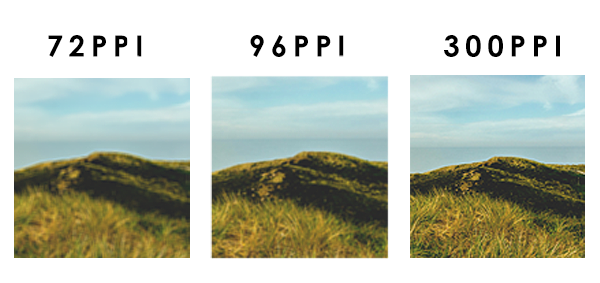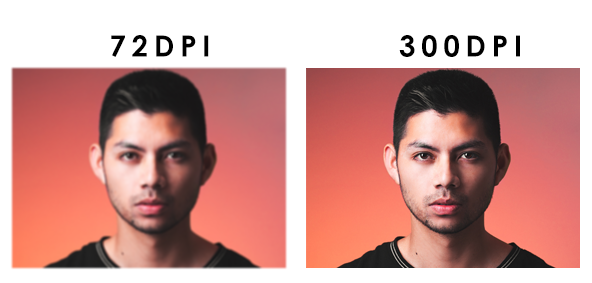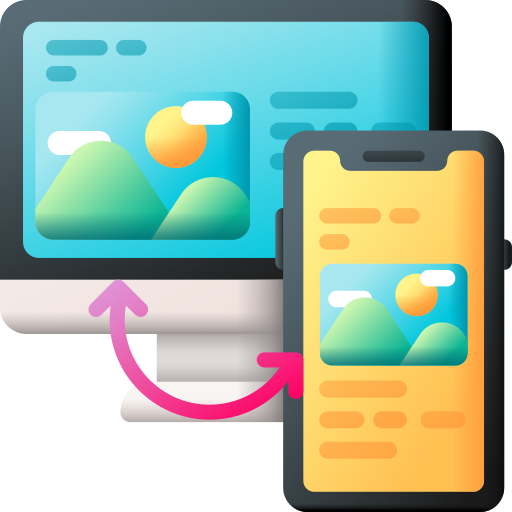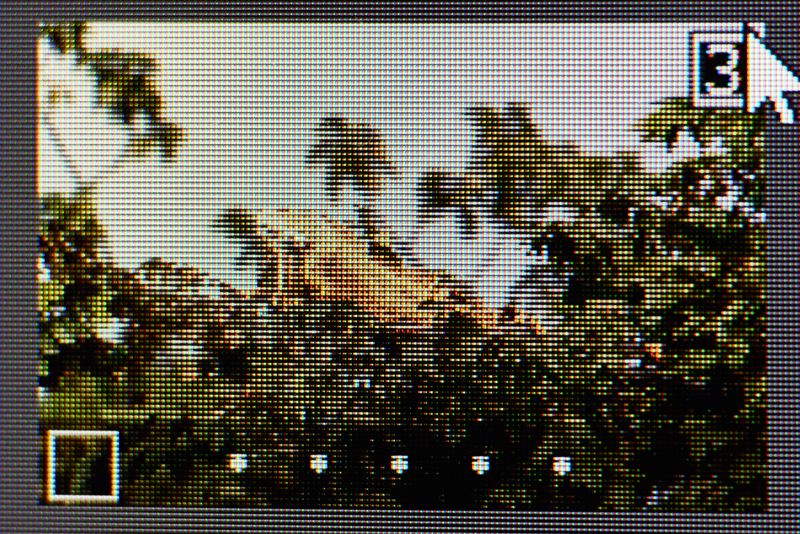Meet Kayla.
She just came back from Hawaii, where she took a lot of amazing pictures.

Kayla's a talented photographer with a great eye for photography, but things tend to get a little blurry when printing her work.
Ever wondered why your digital images look great on screen but not so great when printed?
Knowing when to use PPI vs DPI will ensure your images always look their best!
What are PPI and DPI?
Resolution refers to the level of detail that can be captured and reproduced in any image, whether it's digital or printed.
PPI (Pixels Per Inch) refers to the resolution of a digital image on a screen.
DPI (Dots Per Inch) refers to the resolution of an image when it's printed.
The number of pixels (PPI) or dots (DPI) is what makes up an image. It's important to understand the difference when working with both digital and print media.
How PPI vs DPI Affect Image Quality
 Image made in Canva by the author
Image made in Canva by the author
Higher PPI will produce more crisp and detailed images for digital images.
 Image made in Canva by the author
Image made in Canva by the author
A higher DPI will result in richer images.

Although you might think increasing the PPI and DPI will result in a better image, it's not necessarily true. It's important to balance both the PPI and DPI for your images.
Using PPI vs DPI in Digital Media
First, to determine the PPI and DPI of a digital image, think about how you'll use it.

Will the image be used only for the screen, or will it also be printed?
A high DPI is needed if the image will be printed. A DPI of 300 is recommended for printing.

What size will the image be? An image with a high PPI will also mean a large file size that will affect how long it will take to download the image.
Is the image for a website or social media? A PPI of 72 is okay to use.
Using PPI vs DPI in Print Media
When it's time to print the design, your image PPI and DPI should be high enough to produce clear, sharp prints.
Typically, a DPI of around 300 is suggested for printing. However, simply increasing the PPI of an image won't necessarily improve the print quality.
If the printer can't produce a high enough DPI, the extra pixels in the image won't be printed, resulting in a blurry or pixelated image.
Consider:

Will users view the image up close, at a distance, or both? Big photos need a lower resolution for photo wall prints since they'll be viewed from a distance.
Does the image have enough PPI to look sharp and clear when printed?

What is the size of your image? The larger the image, the higher the DPI, increasing the file size.
What is your printer's resolution? For example, is your printer resolution 2400 x 1200? Then a DPI of 300 is be recommended.
Quiz
Which is more important for printing high-quality images?
Common Misconceptions and Mistakes with PPI vs DPI

"DPI and PPI are the same thing." ❌
DPI (dots per inch) refers to the number of ink dots that a printer can produce in a given area, while PPI is the number of pixels that an image contains in a given area.

"The higher the PPI, the better the image quality." ❌
This is only sometimes the case, as it depends on the size of the image and the intended use.
 "The resolution of an image can affect the file size." ❌
"The resolution of an image can affect the file size." ❌
When you increase the height and width of an image, you increase the number of pixels in the image. Since the resolution remains constant, the number of pixels per inch remains the same. Increasing the number of pixels in the image increases only the storage size, not the resolution.

"Always make high-resolution images for print." ❌
A high-resolution image might look great up close, but if it's going to be viewed from a distance, a lower resolution might be sufficient.
Quiz
What is the standard DPI for printing?
Take Action
Knowing the difference between PPI vs DPI will help you create awesome images and photos!
 Photo by Soragrit Wongsa on Unsplash
Photo by Soragrit Wongsa on UnsplashYour feedback matters to us.
This Byte helped me better understand the topic.

